The Festival of San Juan, Peru
Across the Peruvian jungle, from Madre de Dios through Ucayali and on to San Martin and Loreto, large metal pots simmer and bubble with large quantities of rice. Watched over by the women of the Peruvian selva, the rice boils as the men of the family bottle their wine and stock up on beer for the following day. Tomorrow is June 24, the Festival of San Juan.

Boiling rice for juanes on the eve of the San Juan festival in Tarapoto, Peru (photo by Tony Dunnell)
June 24 – The San Juan Festival, Peru
June 24 is a big day on the Peruvian calendar. While highland Peruvians and international tourists descend on Cusco for the Inti Raymi festival, Peru’s jungle population gathers to celebrate the Festival of San Juan. San Juan Bautista, or Saint John the Baptist, is the patron saint of the Amazon, good guardian of all the vast rivers and life-giving tributaries of the region.
Processions and events often begin a few days before June 24 and continue for a few days after. The main centres of celebration, such as Iquitos, Tarapoto, Tingo Maria, Pucallpa and Puerto Maldonado, post schedules of events that run for a week or so.
The day itself can be as relaxed or as lively as you wish – a few hours spent by the river or a two-day blitz of drinking and dancing. On the morning of the festival, locals pack up their food and drink and head to the riverbanks for a day of eating, drinking and swimming. Groups of men stand around talking football and passing round bottles of beer, as is the custom in Peru. Little children scurry and splash about while wives hand out the results of the previous day’s labour: the traditional juane.

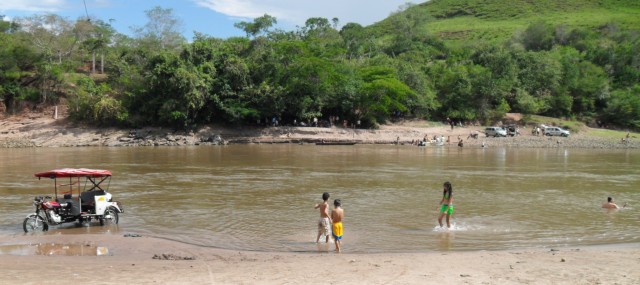
Families begin to spread out along the riverside for the Festival of San Juan, Peru (photo by Tony Dunnell)
Juanes and the Peruvian Amazon
Juanes, named in honour of San Juan himself, are parcels of seasoned rice, chicken, egg and an olive or two wrapped up in green and waxy bijao leaves. Said to look like the head of Saint John, carried on a platter after his beheading, juanes are a standard snack throughout the year.
The women of the jungle, with their simmering pots, prepare massive amounts of juanes on the eve of the San Juan festival. The parcels are prepared with extra care and certainly no shortage of pride; they will be exchanged between families and friends, so only the best will do. The friendly, festive Peruvians often give a juane or two to stray gringos, those poor wanderers with no home or kitchen to call their own.
The Night and Aftermath of the San Juan Festival
It’s a good idea to pace yourself as you drink and eat in the heat of the jungle sun. As night begins to fall, many of the revelers move from the riverbanks back to the towns and cities, where the drinking begins afresh. Discos remain lively until the early hours while traditional dances, known as pandillas, provide more opportunities to skip and stomp through the celebratory night.
Understandably, the following day tends to get off to a slow start. The locals rouse themselves from their unusually late slumbers and pass the day in relaxed fashion. School kids parade through the streets with paper lanterns, leftover juanes are passed around and the sun beats down as always. With Saint John freshly honoured and the riverbanks coated with bijao leaves, the Festival of San Juan slowly slides away until the following year.
Attending the San Juan Festival in Peru
The San Juan festival is a lively, informal affair, so no great planning is required. If you are heading to the Peruvian Amazon around June 24, bear in mind that hotels and hostels sometimes reach capacity due to the influx of visitors. This is particularly true in some of the more popular places to spend San Juan, such as Iquitos, Tarapoto, Tingo Maria, Pucallpa and Puerto Maldonado. If you have any other questions about the San Juan festival, feel free to ask in the comments section below.

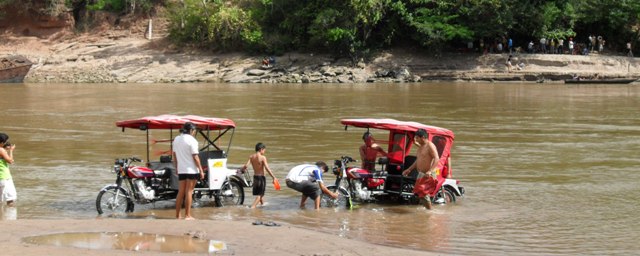
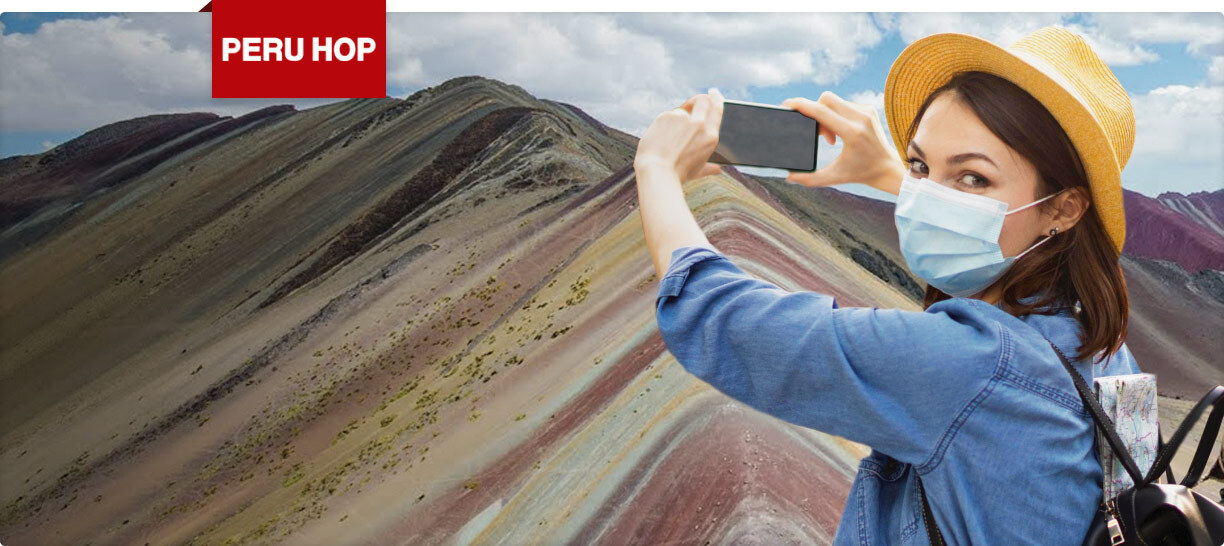


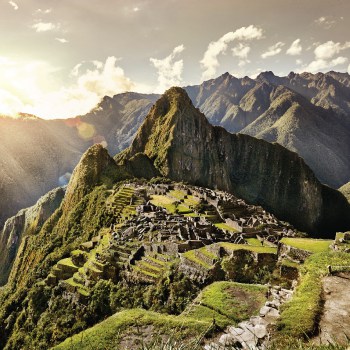






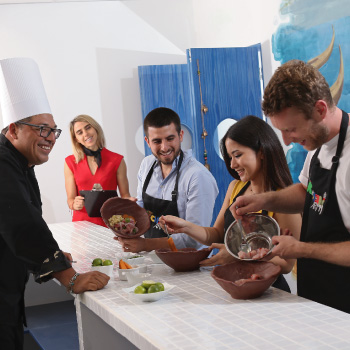
13 comments for “The Festival of San Juan, Peru”